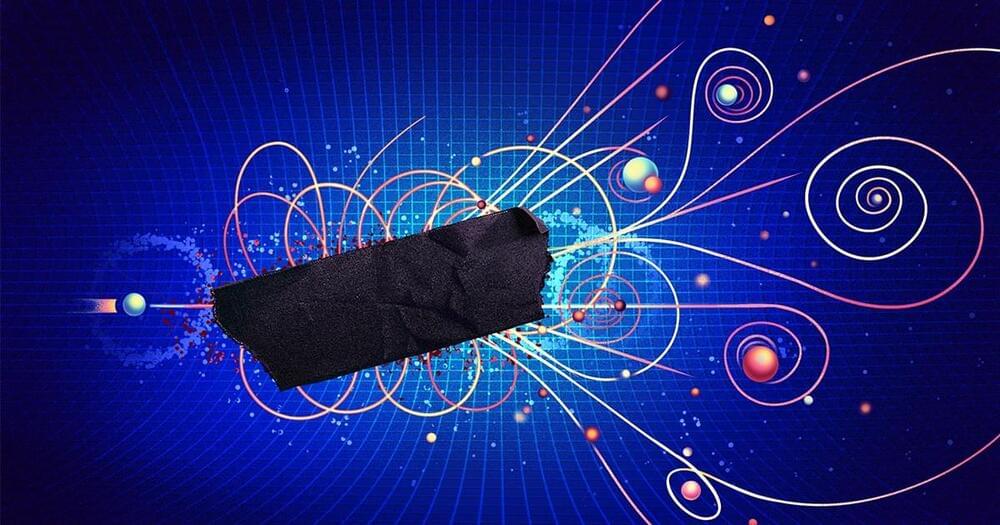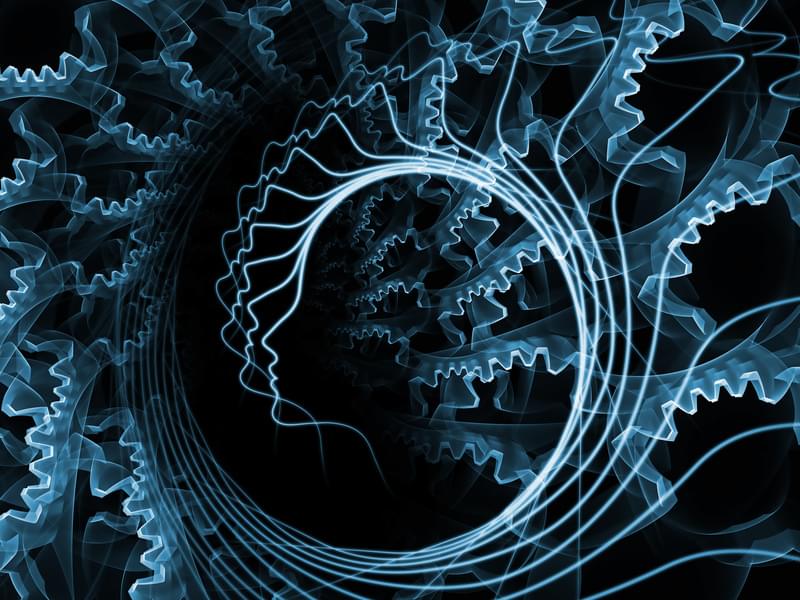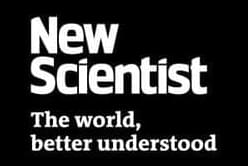Take courses in science, computer science, and mathematics on Brilliant! First 30 days are free and 20% off the annual premium subscription when you use our link ➜ https://brilliant.org/sabine.
The rate at which the universe is currently expanding is known as the Hubble Rate. In recent years, different measurements have given different results for the Hubble rate, a discrepancy between theory and observation that’s been called the “Hubble tension”. Now, a team of astrophysicists claims the Hubble tension is gone and it’s the fault of supernovae data. Let’s have a look.
Paper: https://iopscience.iop.org/article/10…
🤓 Check out my new quiz app ➜ http://quizwithit.com/
💌 Support me on Donorbox ➜ https://donorbox.org/swtg.
📝 Transcripts and written news on Substack ➜ https://sciencewtg.substack.com/
👉 Transcript with links to references on Patreon ➜ / sabine.
📩 Free weekly science newsletter ➜ https://sabinehossenfelder.com/newsle…
👂 Audio only podcast ➜ https://open.spotify.com/show/0MkNfXl…
🔗 Join this channel to get access to perks ➜
/ @sabinehossenfelder.
🖼️ On instagram ➜ / sciencewtg.
#science #sciencenews #cosmology







